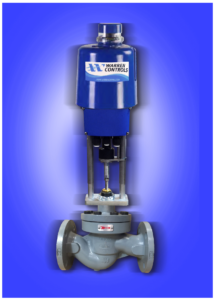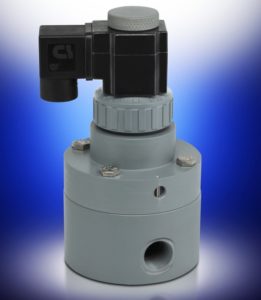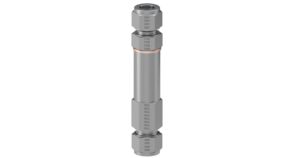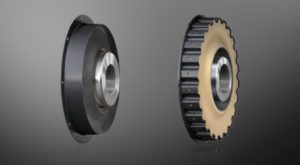Editorial: Why are Electric PRVs Replacing Self-Piloting Steam Regulators?
A trend has been gaining steam. Electric modulating pressure-reducing valves (PRV) are increasingly replacing traditional self-piloted regulators in steam systems.
The adoption of this “smart” technology is part of the overall trend of digitally connecting all components to building automation systems (BAS) for greater visibility and control and for lower energy consumption.











